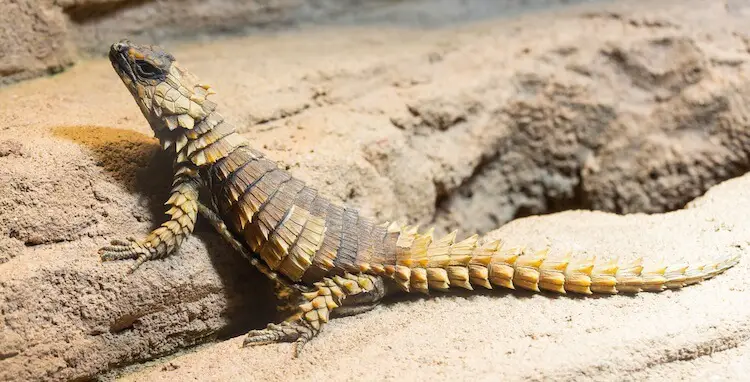

In a tropical or temperate setup, plants with moderate to high water requirements and moderate to low heat tolerance thrive. They also help circulate the air in your reptile’s environment and provide fresh oxygen. Plants are an essential part of maintaining a healthy nitrogen cycle in a bioactive setup. Organics such as leaf litter and sphagnum moss must be added to your soil mix in order to sustain the CUC as part of a bioactive setup. Plants are planted directly into the substrate. Plants may be contained in pots rather than planted directly in the substrate.īioactive = An enclosure that functions as a self-sustaining, “self-cleaning” miniature ecosystem, complete with live plants and other natural materials such as real wood décor. Naturalistic = An enclosure that looks very similar to the animal’s natural habitat, but lacks a bioactive substrate and may utilize primarily artificial materials such as plastic plants and resin logs. If you want to have an enclosure that looks very similar to the reptile’s natural habitat, bioactive might not be the best option for you, and it may be better to go naturalistic instead. That is why the Bio Dude is very happy to provide his one of a kind bioactive mix called the Terra Sahara.Īrid habitats typically have a “substrate” that is very low in organic matter, but organic matter is essential maintaining a thriving bioactive over the long-term, so this is an area where some compromise must be made. However, if you use the same approach for an arid bioactive, it will likely end up dusty, compacted, and the drainage layer will just waste space. Tropical soil is rich in organic matter, needs to be able to soak up and retain moisture, and often requires a drainage layer in order to prevent the soil from getting saturated. Let’s look at how you can apply each of these principles of bioactivity in an arid context:

The basic principles of a successful bioactive environment are: While it is true that using the same “recipe” for a tropical bioactive definitely won’t work for reptiles that prefer drier, hotter conditions, if you understand the principles behind what makes bioactive “work,” then you can tweak that recipe to create a bioactive environment that is perfectly suitable for your desert-loving friend to live in. Because of these tropical associations, there is a common misconception that the bioactive concept can’t be adapted to apply to arid reptiles. Given that dart frogs are tropical and very dependent on a consistently moist environment, the first reptiles to be kept in bioactive setups were also tropical. This is because the practice of bioactive keeping started in the dart frog hobby. When you picture a bioactive enclosure, what comes to mind? Do you see a lush, miniature tropical paradise, or do you see a slice of scrub? If you’re like most, then you associate the term “bioactive” with tropical species. Yes, You CAN Have an Arid Bioactive Setup!


 0 kommentar(er)
0 kommentar(er)
